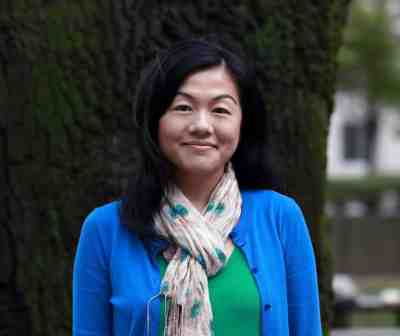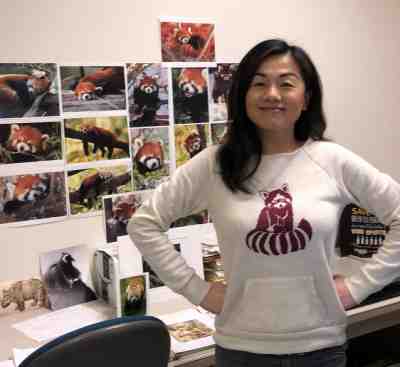Christine Cheng


How did you become interested in librarianship?
I once heard a professor describe librarianship as “service to the public” in library school. I became interested in public services in the archives during my summer internship at the National Archives and Records Administration (NARA) after my first year of graduate school. At NARA, my main responsibilities were to process organizational records and create container lists. During this time I had opportunities to shadow reference archivists. While searching the closed stacks for a researcher studying American gangsters, I came across black and white, declassified FBI photographs of Al Capone and other people whose nicknames resembled characters from a movie such as “Easy Eddie” and “Big Jim.” It was at that moment when I thought that the job of the reference archivist was similar to that of a treasure hunter.
After the internship, I applied for field experiences in reference and instruction in Special Collections even though I kept my track in Academic Libraries instead of switching to Archives and Preservation. I realize now that this track was perfect for helping me to get comfortable with having one foot in the archives world and another in librarianship.
Describe the first time you worked in a library.
The first time I worked in an archival repository was during my internship at NARA in Washington, D.C. I specifically worked for the Center for Legislative Archives, which is part of NARA and charged with preserving and making accessible to the public the historical records of the U.S. House of Representatives and the U.S. Senate. I think I was supposed to digitize legacy finding aids but that project wasn’t ready by the time I arrived, so I ended up processing the Abraham Lincoln Bicentennial Commission Records and shadowing the reference archivists to help answer remote and on-site reference inquiries.
I serve as the Secretary for LAUC in Davis.
What do you like best about being a UC librarian?
I enjoy working with my colleagues at UC Davis Library and learning something new almost every day about our holdings in Special Collections. The variety of collecting areas and breadth of our collections always keeps me on my toes.
Describe a recent or current project on which you are working.
At UC Davis we have a student-run event that occurs on campus every April called Picnic Day. It’s a huge open house that allows various departments to introduce what they do to the public through exhibitions, competitions, shows, and other presentations such as Battle of the Bands and Dachshund racing. This year staff from Special Collections will be marching in the Picnic Day parade in historical and period costumes from Picnic Days of earlier decades starting with the first one in 1909. I’ll be representing the 1920s.
Describe your recent professional work outside of work, such as association work, writing, research, or anything else.
I’ve recently been doing presentations on using Special Collections materials in classes to provide students with hands-on learning experiences and develop their skills in using primary sources. This year will be my first time attending an RBMS Conference, so I hope to learn and experience as much as I can to bring back and begin implementing in my own teaching. On the first day of the conference, I’ll prepare and join two other presenters for a workshop titled, “Putting Guidelines into Practice: Using Backwards Design to Develop Outcomes and Activities from the Guidelines for Primary Source Literacy.” This workshop will focus on the Guidelines that were developed by the SAA-ACRL/RBMS Joint Task Force on the Development of Guidelines for Primary Source Literacy.
What would you like the next big thing in libraries to be?
Complete this statement: "One surprising fact about me is...”
My favorite type of music is the second wave of black metal that came out of Norway starting in the early 1990s \m/.
Can you recommend a book or movie or tell us your favorite book or movie and why?
I can recommend a couple of my favorite artists’ books in Special Collections: Maneater (2015) and Ephemerus (2017) by Hannah Batsel. These limited edition books are first, extremely gorgeous from Batsel’s use of rich colors such as red, black, ivory, gold, and blue; second, have unique and interesting structures: Maneater is comprised of four books of varying sizes that nest within each other like Russian nesting dolls. Ephemerus includes three moving pages of pull tabs that increase reader engagement with the story as well as two double-size fold-out pages. Although each book in Maneater can be read separately, the reader doesn’t discover the entire story of greed and colonialism until the books are read together. Ephemerus is inspired by Batsel’s research of texts about the occult and magic located in the Harold and Mary Jean Hanson Rare Book Collection in the Department of Special & Area Studies Collections at the University of Florida.
